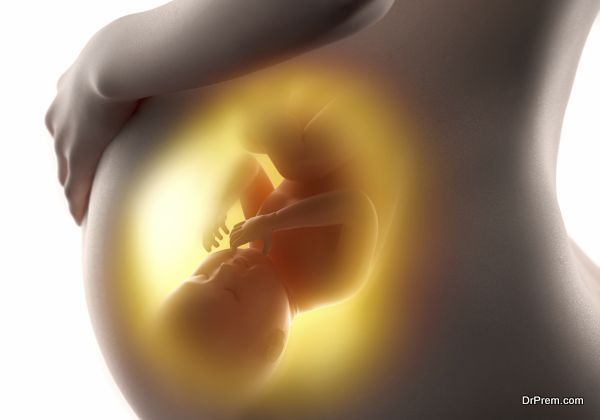You are expecting, and you and your partner; in fact, the entire family starts counting days until you get to hold your little bundle of joy in your arms. However, the 9-month journey is not very pleasant, as your heart misses a beat even if a thought of something happening to your unborn child crosses your mind, let alone it happening in real.
Premature births, miscarriages, and other health and developmental problems keep haunting expecting mothers all the time. Therefore, doing something to prevent premature birth or miscarriage is of paramount importance, and thankfully, there is Cervical Cerclage that can help.
What is it?
Cervical Cerclage is a minor surgery that prevents expecting women from losing their unborn baby owing to miscarriage. Usually done between 12th 14th week of pregnancy, and is removed around 37th week. The opening of the uterus is known as the cervix, and this surgery involves stitching the cervix to prevent miscarriage or premature births. Premature births cause serious health problems in neonates. Often they develop respiratory troubles and are at risk of a wide assortment of infections, which make it hard for them to survive.
Who needs this surgery?
Doctors do not recommend Cervical Cerclage to everyone because it is not meant for every expecting female. Ones with a history of pregnancy loss of second trimester, preterm birth, and the use of same procedure for previous pregnancies need to get it done. An incompetent cervix is yet another reason that calls for the Cervical Cerclage surgery.
It includes experiencing painless cervical dilation in second trimester, cervical shortening to 25 centimeters before the start of 24th week of pregnancy. Other factors include uterus abnormalities, early water breakage, and hormonal imbalances.
Diagnosis/Preparation
Using ultrasound technology, or by considering the medical history of an expecting woman, doctors recommend Cervical Cerclage. They find out whether her cervix is incompetent or not. If it is, the surgery can be carried out. After diagnosis, some preparatory steps follow that prepare an expecting woman for this minor surgery.
To assess the cervix state, a cervical exam is carried out. It is done through transvaginal ultrasound. To avoid nausea or vomiting during and after surgery, the patient will not be offered any food or drink after midnight. Female is instructed not to have sexual intercourse, or wear a tampon within 24 hours before the surgery.
Cervical Cerclage removal
Normally, a cervical Cerclage is removed in the 37th week of pregnancy, or if one experiences preterm labor. If it is a McDonald Cerclage, you can get it removed without any anesthetic and in the office of your health care provider. On the other hand, if it is the Shirodkar Cerclage, you will have to visit surgery center for its removal. You can leave Shirodkar Cervical Cerclage inside if you expect to have a C-section, and you wish to have more children in future. However, before taking any decision, you must consult your health care provider so that the Cerclage does not interfere with your future fertility.
Risks associated
Cervical Cerclage is a safe procedure though, still there are some risks associated to it. They include infection, vaginal bleeding, sometimes the fetal membranes collapse into the vagina, cervical laceration that is tearing in the cervix, premature rupture of the amniotic sac, and preterm labor. You must realize that all these risks are associated with the pregnancies wherein females do not go in for Cerclage as well. This means trying Cervical Cerclage is pretty worth it, as it enhances the chances of a safe delivery manifold.
Cervical Cerclage is a gift of science and technology for expecting females. The surgery enhances the chances of a safe and sound delivery, as it reduces the chances of miscarriage and premature deliveries.










